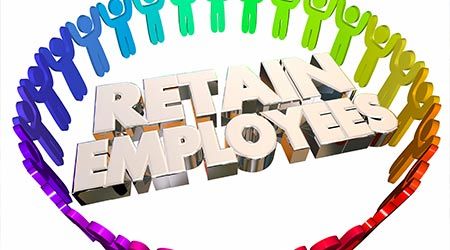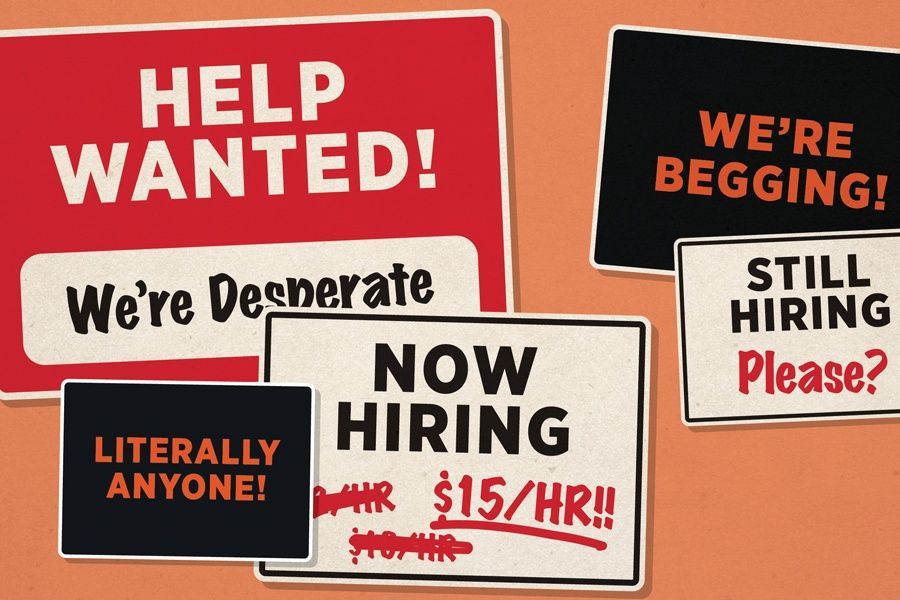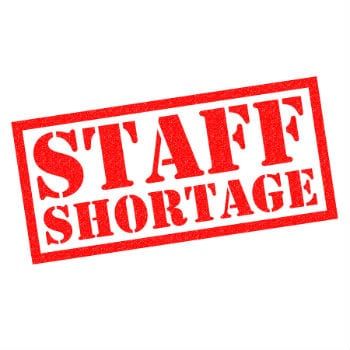Its Time To Teach Supervisors How to Supervise Gen Y & Z
“The single best predictor for whether folks will succeed at work is the competence of their boss, regardless of generation,” said Melissa Nightingale, a co-founder of Raw Signal Group, a management training firm. “That boss is on the hook for their on-boarding, their feedback, their career growth and more. If the boss can’t do those things, they’re screwed.”
Over the course of the last 10 years, I have dedicated half of the issues of Leading Outside the Box to HR issues – mainly hiring and retaining staff.
Over the decade our frontline work force has been increasingly Gen Y and Gen Z.
Generation Y: Born 1981 – 1995 – Ages 28 - 44
Generation Z: Born 1996 – 2009 - Ages 27 to 14
And for the next several decades these generations will both be our incoming workforce, our middle managers and our new senior leaders.
For our current leadership the challenge is hiring and retaining these generations. A task which most nonprofits are not succeeding at.
We blame the generations themselves and our inability to pay better wages and benefits. These is both false.
Agencies are today running their HR operations the same as 10 years ago, They use the same job descriptions which are long and vague ending in “other duties as assigned”
Agencies have not adopted a supervision practice model grounded in the research on how to retain line staff.
We still have progressive discipline.
There is a crisis in the meaning of work, Taylor Borden, Editor at Linkedin News
12.9.2022
The average turnover in child welfare workers is 30% with individual agency rates as high as 65%. The high turnover rate is the result of a system that provides neither the time or resources for staff who face unrealistic, unmanageable and growing caseloads, low compensation, high stress, secondary trauma, work-life balance realities and inadequate supervision/management. Route Fifty July 10, 2023
Almost half of U.S. workers (45%) wouldn’t wish their job on their worst enemy, according to a new survey from the Workforce Institute. The main reason? The majority of employees don’t view their job as their “calling.” More than half (53%) of respondents reported they would choose a different profession if they could go back in time. The feeling of apathy is so strong that most workers surveyed said they would urge their children and other loved ones to pursue jobs that give them the chance to spend time with family but that are also personally meaningful and fulfilling.
79% of employees who quit their jobs say a lack of appreciation is a key reason they left. Based on a 10-year study of 200,000 US employees and managers.
Unprepared Supervisors, Taylor Borden, Editor LinkedIn News, 12,7.2022
Between a potential recession, mental health challenges and general shifts in the way we work, employees are looking for support from their direct managers more than ever. The problem? Many managers aren’t prepared because they’re undertrained and overworked. This ultimately hurts retention — new research found that workers perform better and are less likely to leave their job if they have a good relationship with their manager. Experts say the way to retain managers — and their direct reports — is to invest in their development as leaders, provide them with peer-to-peer support and growth opportunities
Gallup found the single most important factor in whether or not employees choose to stay on the job is the quality of their relationship with their direct supervisor.
“The number one reason people quit their jobs is not because they don’t like their role or their organization, its because they don’t like their supervisor’s approach.
What our incoming line staff and new middle managers have asked for is based on the research.
First change the job description title to message everyone what we are about – the job as a “calling”.
One example, almost every residential treatment program has residential counselor or childcare worker or a job title similar for their floor staff job title.
The goal of residential treatment is to prepare youth-in-care to live successfully in a community setting. To provide them the knowledge, skills and tools they lack to be able to successfully live in a community setting.
To message staff how they are to achieve that goal for youth-in-care is to retitle the job e.g. Success Coach. Gen Y & Z do not want to be babysitters, i,e, child care workers, nor do they want to function as a counselor because they are not trained to be counselors.
The next step is to define what a Success Coach does and how – what becomes the job description and how becomes the practice guide.
What does a Success Coach do? One example
To be a successful Success Coach, you must be willing and become able to do the following always:
- Models and teaches youth-in-care the knowledge and skills they will need to successfully live in a community setting.
- Helps youth-in-care self-manage their behavior by using (our behavior management system) without the need for the use of emergency safety interventions.
- Achieves positive exit outcomes for youth-in-care.
- Follows Agency Policies and Procedure as outlined in the Employee Handbook and the Guide to Successfully Manage the Milieu.
Next the agency has to adapt its hiring processes to attract Gen Y & Z. They are researched and will work if HR and senior management and willing. Know that according to the Harvard Business Review, 80% of turnover can be attributed to bad hiring decisions.
Next the agency needs to redo its initial line staff training to model the same process of coaching for success.
Then the agency must have all supervisors/ managers at all levels practice in the same coaching for success model. That is because the Industrial Psychology principle of parallel practice tells us as supervisors treat staff they supervise (at all levels of an agency) sets the model for how staff treat those under their supervision/ clients, regardless of what model you tell them to use. Staff will operate according to the model of how they are treated.
What that means is the agency must adopt and train all supervisors and managers in a success-focused coaching model and then monitor to assure it is used agency wide.
HR Magazine found that 95% of exiting employees blamed an ineffective manager
(supervisor).
As an aside: Gen Y & Z want fair and equitable treatment. That means all supervisors supervise in the same model and at an equitable frequency.
Supervision for Success is a 3-day training that teaches this model. There is an additional day for in-house trainers so you can sustain training without external dependency.
If your agency is ready contact me at
[email protected] or call me at 760.333.9056
LEADING FROM OUTSIDE THE BOX is a monthly newsletter for human services leaders.
Its purpose is to challenge your thinking and help you improve organizational and outcome performance.
To receive your copy free, simply email Jeff Bormaster and ask to be added to the mailing list. Feel free to share these newsletters with other human services leaders, simply include the contact information.
You can read previous issues of Leading Outside the Box at www.jeffbormasterconsulting.com/topics










